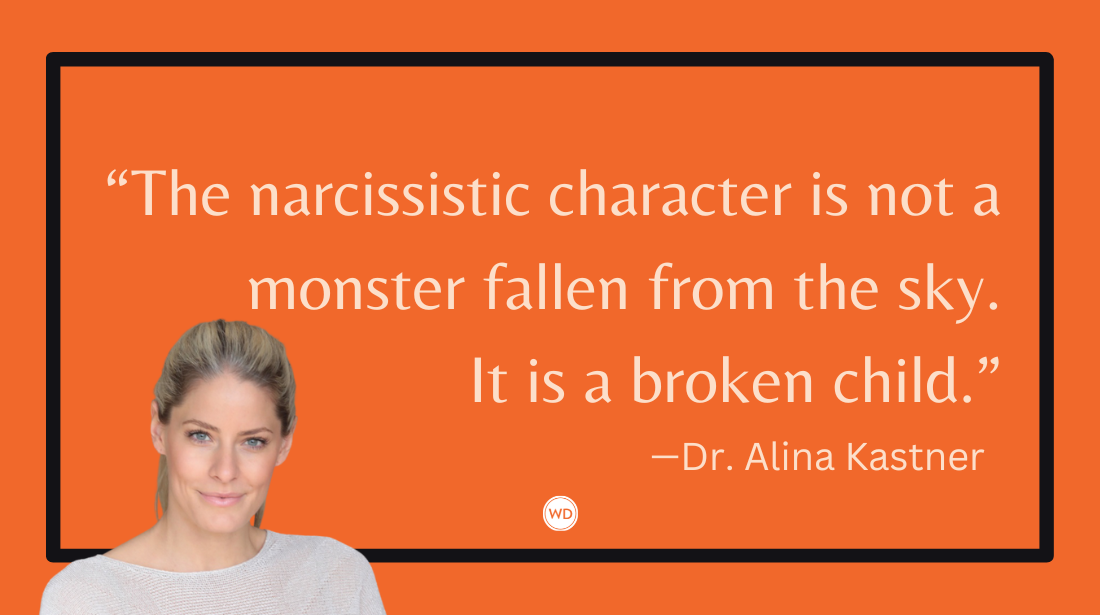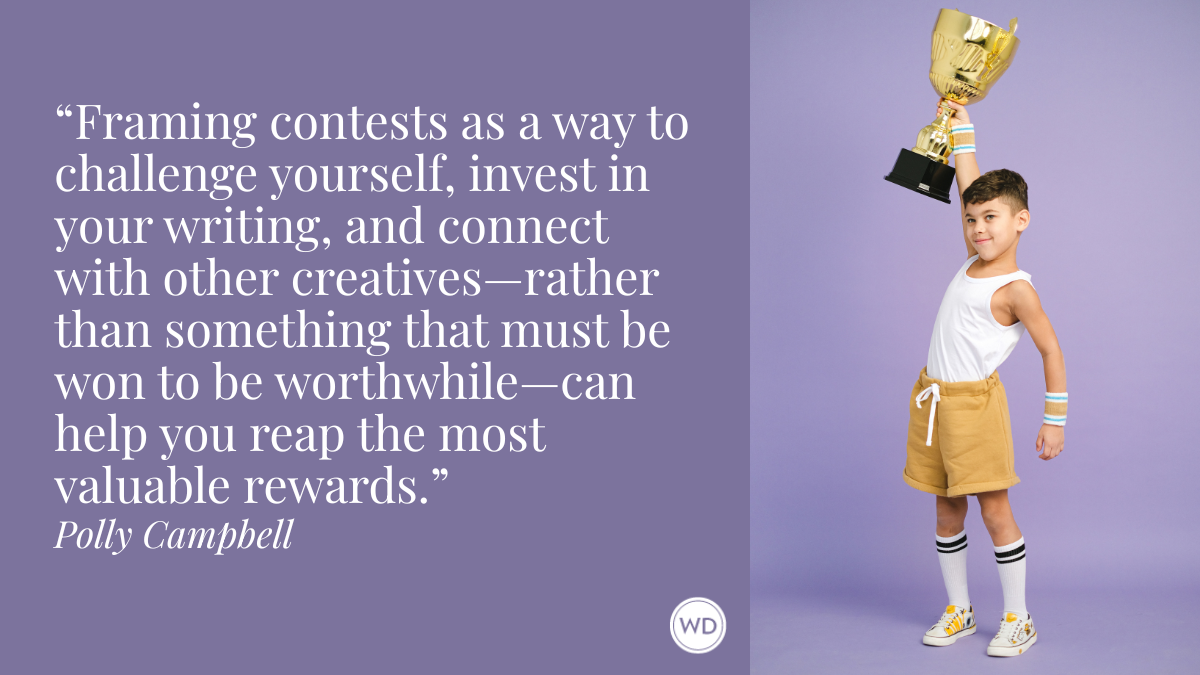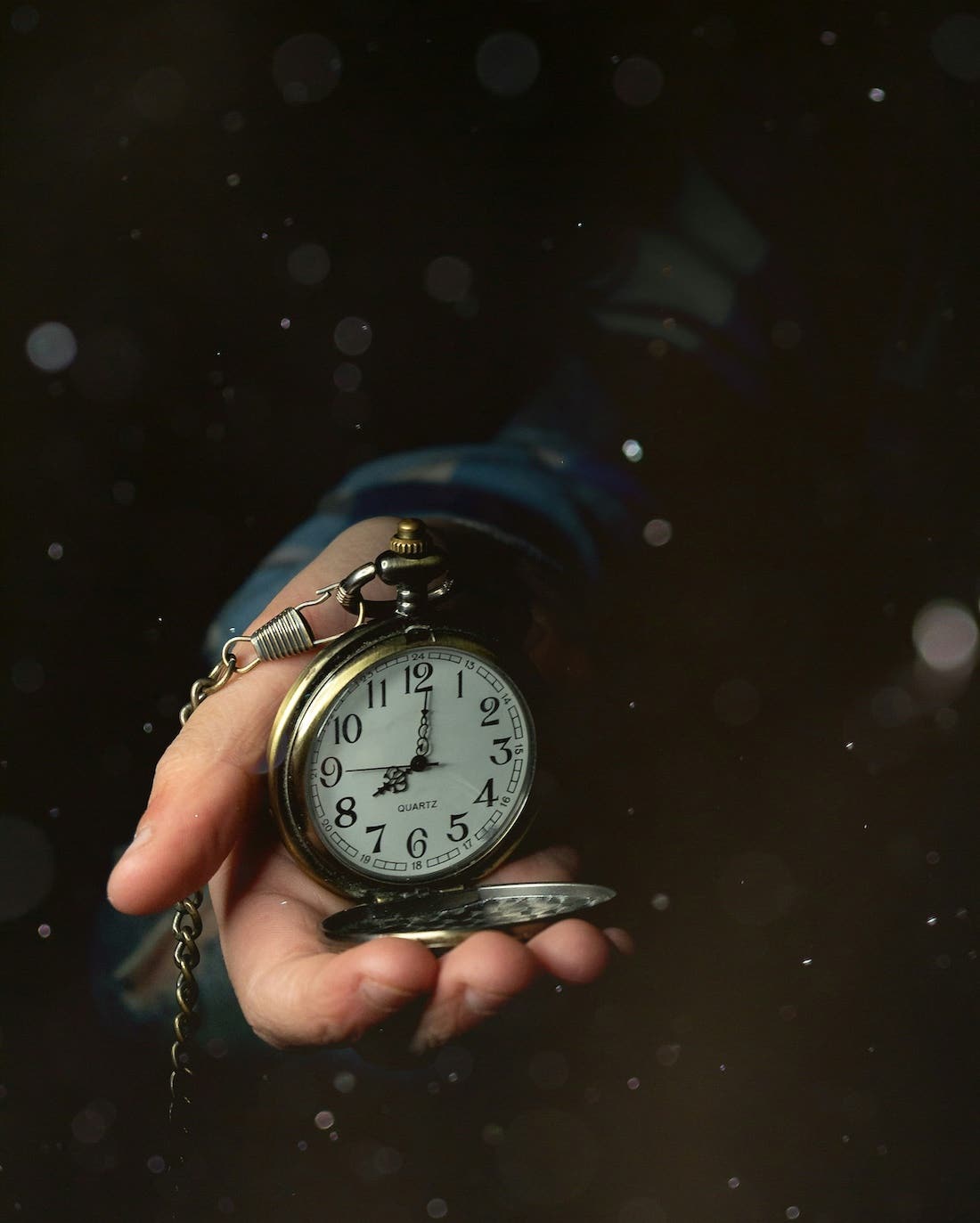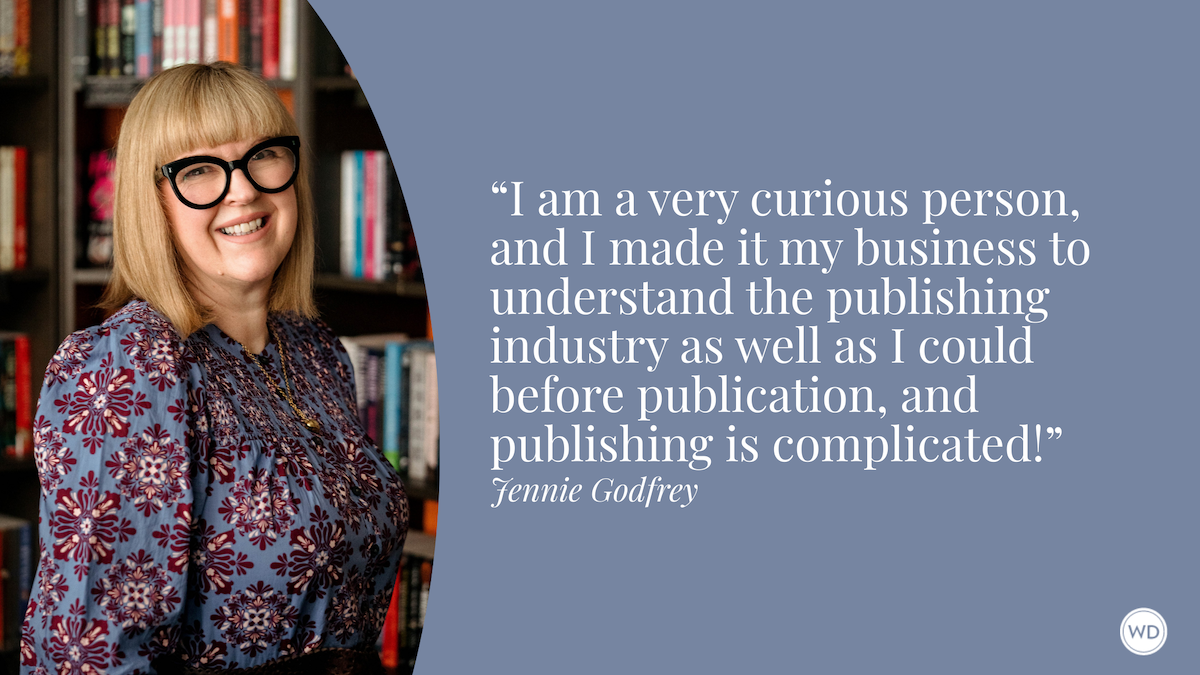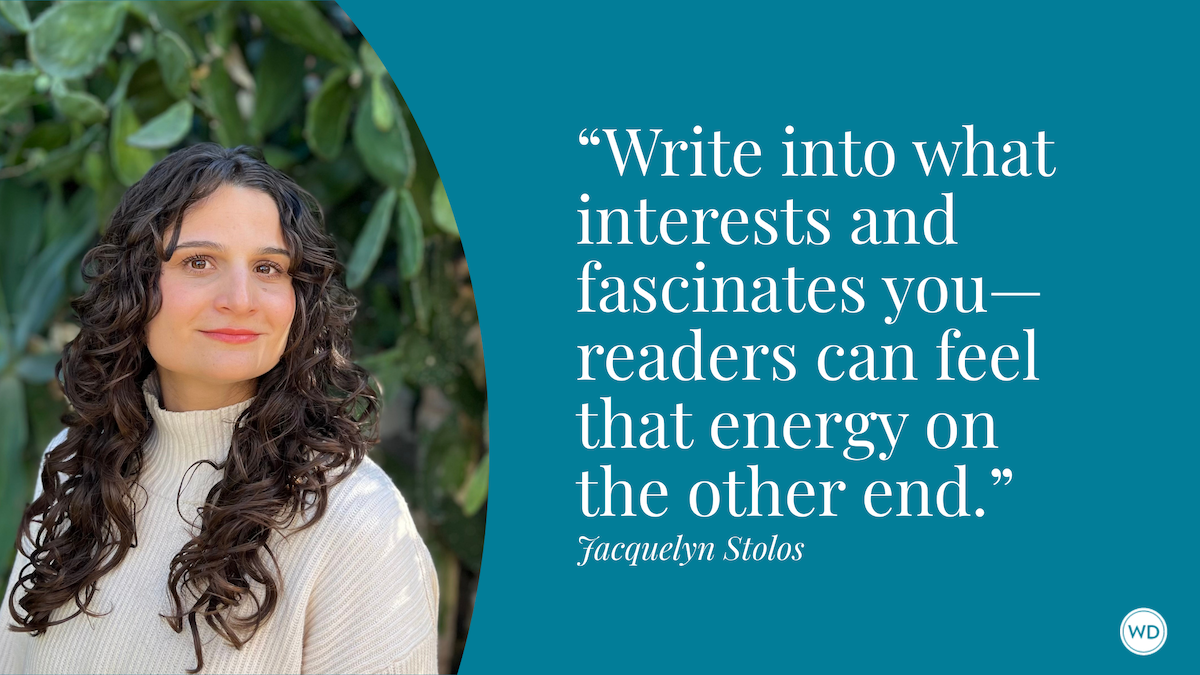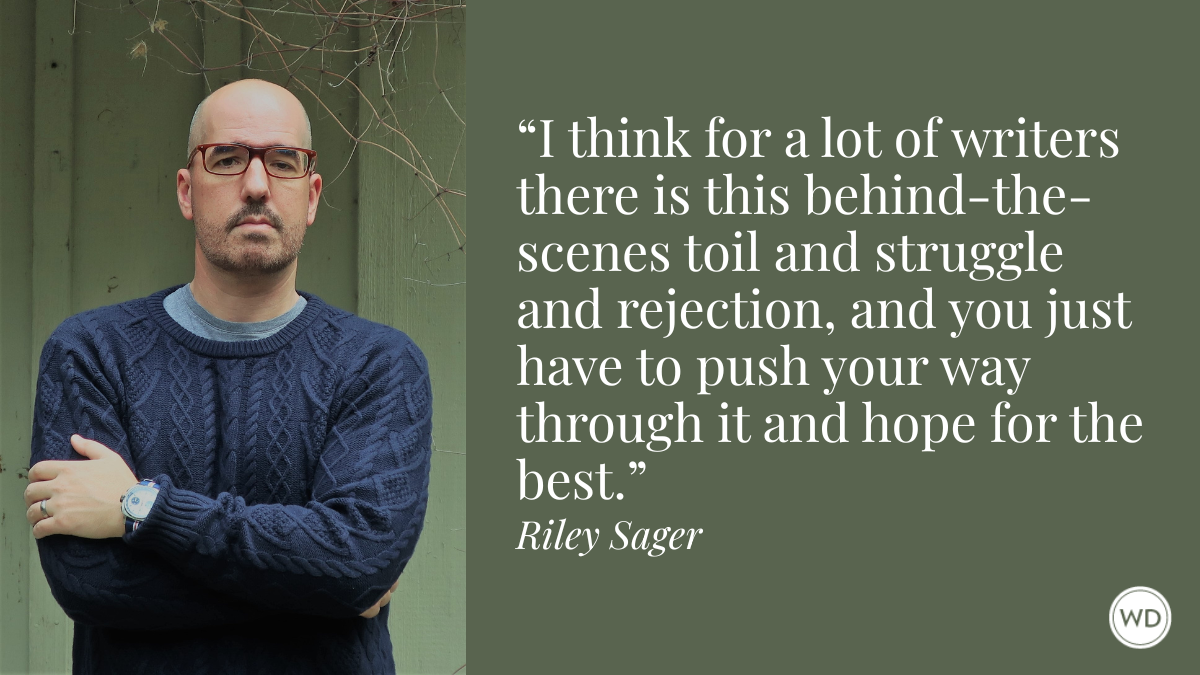Susan Wiggs: On Learning Life Lessons From Fictional Characters
In this interview, author Susan Wiggs discusses how a bucket-list overseas trip with her brother sparked an exploration that led to her new novel, Wayward Girls.
Susan Wiggs is the author of more than 50 novels, including the beloved Lakeshore Chronicles series and the recent New York Times bestsellers The Lost and Found Bookshop, The Oysterville Sewing Circle, and Family Tree. Her award-winning books have been translated into two dozen languages. She lives with her husband on an island in Washington State’s Puget Sound. Follow her on Threads, Facebook, Instagram, and Bluesky.
In this interview, Susan discusses how a bucket-list overseas trip with her brother sparked an exploration that led to her new novel, Wayward Girls, her advice for other writers, and more.
Name: Susan Wiggs
Literary agent: Meg Ruley, Jane Rotrosen Agency
Book title: Wayward Girls
Publisher: HarperCollins/William Morrow Books
Release date: July 15, 2025
Genre/category: Fiction
Previous titles:The Oysterville Sewing Circle, Welcome to Beach Town, The Lost and Found Bookshop, Family Tree, Map of the Heart, Between You & Me, Sugar and Salt
Elevator pitch: A wrenching but life-affirming novel based on a true story of survival, friendship, and redemption when six girls come together in a Catholic reform school in 1960s Buffalo, ultimately finding justice and triumph in today’s world.
What prompted you to write this book?
I grew up in a small town in western New York, not far from Buffalo, but we moved overseas when I was a child. I never went back until 2021, when my big brother and I embarked on a journey to revisit our childhood haunts. Jon was facing a terminal diagnosis, and this nostalgic trip was an item on his bucket list.
When we visited the church of our youth, vivid memories of Jon as an altar boy flooded back—especially the time his sleeve caught fire from the incense thurible. This moment sparked a deeper exploration into the impact of the Catholic Church in the 1960s and 70s. My research led me to 485 Best Street in Buffalo, where I discovered a Magdalene Laundry called “The Good Shepherd”—a place where “wayward girls” were sent to be “reformed” by strict nuns. Though vaguely aware of the laundries in Ireland, I was shocked to learn they existed throughout the U.S. as well.
As a child, I remember more than one babysitter who “went away,” a euphemism for girls sent away when they became pregnant. The more I learned, the more deeply I felt the helpless pain and rage of these young women. Their stories ignited my imagination, and Wayward Girls became one of my most personal and involving novels to date.
How long did it take to go from idea to publication? And did the idea change during the process?
Even though I wrote the story in a white heat of passion, the whole process—from idea to printed page—took about three years. This is because I spent a good deal of time on research, because I wanted to do honor to the real-life survivors of the Good Shepherd and similar institutions. And the idea definitely changed in the process! My initial effort was to tell two parallel stories—one in present day, one in 1968—showing the parallels between the two and knitting the storylines together with women in as assisted living home.
The more I researched and got to know the real story, the more drawn I was to the journeys of the women who survived. It was a discussion with my literary agent, Meg Ruley, that led me to focus the story entirely on my cast of “wayward girls” from working class Buffalo, and their dramatic ordeal.
That was a big change for me creatively, and I loved it. I loved the time period, the music, the culture and nostalgia, and I loved being able to tell a story that spans decades, so we get to experience the drama of a whole life, with all the ups and downs and richness of a life fully lived.
Were there any surprises or learning moments in the publishing process for this title?
Wayward Girls is my 50-somethingth book. My first novel was published in 1987, and I’ve been at it ever since. So, you’d think there would be no further surprises for me in the world of commercial publishing.
But—spoiler alert—the surprise was that the author’s role in the process has expanded in ways that are both exciting and challenging. Marketing and audience engagement used to be the purview of the publisher. Now the author has a chance to do more than write the book. She gets to engage with readers.
Since readers (including librarians and booksellers) have kept my career alive for 37 years, I love being able to interact with them. Social media, online book communities, and direct author-reader relationships have fundamentally changed how books are marketed. In 1987, publishers relied heavily on traditional media, bookstore placement, and print reviews. Today, authors are expected to build personal platforms, engage directly with readers online, and participate actively in marketing their work through various digital channels.
The surprise with Wayward Girls is the incredible early feedback there has been on this particular book. It seems to resonate with them in ways I hadn’t expected. The novel hasn’t been published yet, but early readers (fellow authors, buyers, people who have won the ARC in a drawing) seem eager not just to share their opinions of the book, but also their personal experiences (or those of their mothers) with institutions like the Good Shepherd. Even my copy editor on the book had a personal note to me after she finished with the manuscript. I wasn’t expecting that. It’s really cool. I hope I did it justice.
Were there any surprises in the writing process for this book?
Always. Writing is like playing the cello (which I have also done) or playing golf. You can never get perfect at it. There is always room to grow and learn.
Mairin O’Hara, the main character of Wayward Girls, was a complete surprise in that she took on a life of her own as I wrote her story, and she drove the narratives in directions I never anticipated—from Buffalo’s vintage “Fruit Belt” neighborhood to the dreaded Good Shepherd, through the decades. Is it possible for the author to learn life lessons from a fictional character? I think it is. Either that, or I’m losing my mind.
What do you hope readers will get out of your book?
I hope my passion for this topic touches readers’ hearts and inspires important conversations about our past treatment of young women, and–as Jodi Picoult points out–is a cautionary tale for today.
Because, sadly, we have found ourselves in a new era of toxic patriarchy, with women’s rights being taken away by an authoritarian regime that justifies its actions by citing Christian rhetoric. Acclaimed author Jodi Picoult, who read an early copy of the book, said, “I was reminded that it hasn’t been all that long since women had no rights to contraception, sex education, or reproductive rights … and how we seem to be reverting back to a world like that. This isn’t just a meticulously researched moment in time — it’s a cautionary tale.”
That said, Wayward Girls is at its heart a Susan Wiggs book, the kind that keeps the reader entertained and makes its way to an ending that is filled with hope. Along with the anger and frustration, you’ll find laughter and tears, and ultimately, the deep satisfaction of reading about a life well lived.
If you could share one piece of advice with other writers, what would it be?
The act of writing is also the act of facing your fear. Don’t be afraid to let your natural voice come through, and put your heart on paper.
One of the key lessons I always keep in mind is a quote from Janet Burroway’s classic Writing Fiction: “You suffer before writing, unwilling to begin in case you spoil it. The idea seems so luminous, whole, and fragile, that to begin to write about that idea is to commit it to rubble. Knowing in advance that words will never exactly capture what we mean or intend, we must gingerly and gradually work ourselves into a state of accepting what words can do instead. No matter how many times we find out that what words can do is quite all right, we shy again from the next beginning. Against this wasteful impulse I have a motto: ‘Don’t Dread—Do.’”




